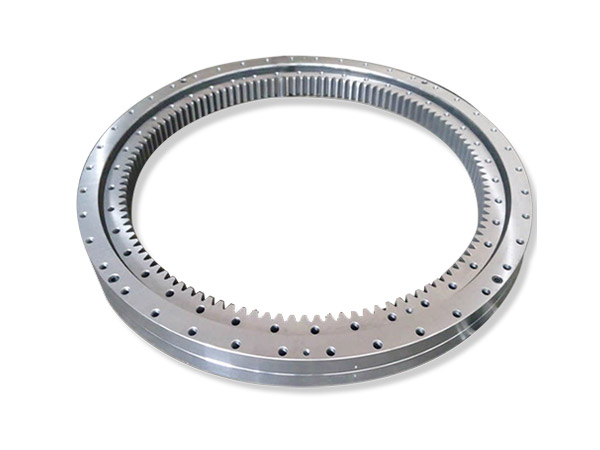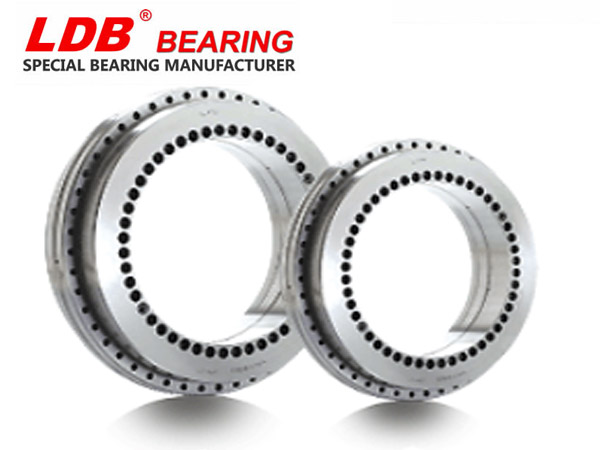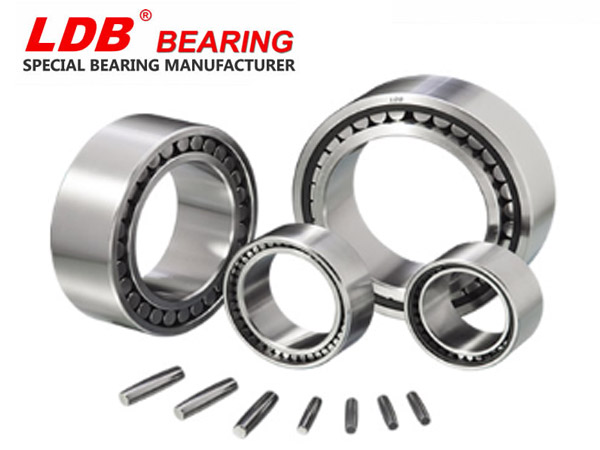¿Cuáles son los procesos de tratamiento de superficies para elementos de fijación de cojinetes de orientación? ¿Como escoger?
Todos sabemos que los cojinetes de orientación también necesitan elementos de fijación. Los sujetadores son piezas mecánicas ampliamente utilizadas para conectar y fijar equipos mecánicos y varias piezas. Son adecuados para todos los ámbitos de la vida. Debido a su estandarización, serie y grado de generalización más alto, también llamamos sujetadores estándar a un tipo de sujetadores que cumplen con los estándares relevantes, también llamados piezas estándar. Echemos un vistazo al proceso de tratamiento de la superficie y los materiales de uso común de los sujetadores de los cojinetes de giro.
Proceso de tratamiento de superficie de sujetadores de cojinetes de giro

1. Electro-galvanizado
La superficie de electrogalvanizado es de color negro y verde militar. Es un recubrimiento comúnmente utilizado para sujetadores comerciales. Es barato y propenso a la fragilización por hidrógeno durante el proceso de producción. Generalmente, los pernos por encima del grado 10.9 generalmente no están galvanizados. La consistencia de la fuerza de apriete es pobre e inestable, y generalmente no es necesario conectar en partes importantes.
2. Oxidación y ennegrecimiento
¿Cómo se realiza el tratamiento de ennegrecimiento del cojinete de giro? El ennegrecimiento + aceitado es un recubrimiento muy popular para sujetadores industriales y el precio es económico. Sin embargo, el tiempo de retención es corto y la prueba de niebla salina neutra solo puede alcanzar de 3 a 5 horas en presencia de aceite, y se oxidará pronto si no hay aceite. Además, la consistencia del par y la fuerza de preapriete de las partes negras oxidadas es mala. Si necesita mejorarse, se puede aplicar grasa a la rosca interior durante el montaje y luego atornillarla.
3. Galvanoplastia de cromo
El cromo electrochapado es relativamente estable en la atmósfera, con buena resistencia al desgaste, alta dureza y no es fácil cambiar de color. , los sujetadores cromados se utilizarán solo cuando la resistencia del acero inoxidable no sea suficiente para satisfacer las necesidades de sujeción.
4. niquelado plateado
El enchapado en plata puede prevenir la corrosión y puede lubricar los sujetadores al mismo tiempo. Debido al alto costo, el enchapado en plata generalmente solo se usa para tuercas, no para pernos. La plata es fácil de oxidar, por lo que es fácil perder su brillo en el aire, pero funciona a 1600 grados al estilo chino, por lo que las piezas enchapadas en plata a menudo se usan en ambientes de alta temperatura.
Los sujetadores niquelados tienen buena conductividad eléctrica y anticorrosión, y a menudo se usan en lugares donde se requiere conductividad eléctrica, como la terminal de las baterías de los vehículos.
5. Galvanoplastia de cadmio
El revestimiento de cadmio tiene buena resistencia a la corrosión, especialmente en ambientes atmosféricos marinos, la resistencia a la corrosión es mejor que otros tratamientos superficiales. El precio de costo es de 15 a 20 veces mayor que el del electrogalvanizado y el costo es relativamente alto. Por lo general, solo se usa en industrias especiales, como plataformas de perforación petrolera y sujetadores para aeronaves HNA, que requieren un alto rendimiento anticorrosivo.
6. Cinc
Sherardizing es un recubrimiento de difusión térmica metalúrgico sólido de polvo de zinc. Su uniformidad es buena y se puede obtener una capa uniforme en la rosca y el agujero ciego. El espesor del revestimiento es de 10~110 μm, y el error se puede controlar dentro del 10 %. Su fuerza de unión con el sustrato y el rendimiento anticorrosivo están en el recubrimiento de zinc, y no contaminan ni dañan durante el procesamiento.

Cómo elegir elementos de fijación para cojinetes de giro
Como sujetadores de cojinetes de giro utilizados en equipos ordinarios, el tratamiento negro electro-galvanizado y oxidado ordinario puede satisfacer las necesidades; si existen requisitos de dureza y resistencia al desgaste de los sujetadores o temperatura de trabajo, se pueden seleccionar procesos plateados o electrocrómicos; Si la humedad del ambiente de trabajo es alta y se requiere el desempeño anticorrosivo de los sujetadores, se pueden seleccionar los procesos de Dacromet, galvanizado de zinc y galvanoplastia de cadmio; si se requiere el rendimiento conductivo de los sujetadores, se pueden seleccionar los sujetadores de proceso niquelados.
Las características específicas y las ventajas del proceso de tratamiento superficial de los sujetadores de cojinetes de giro anteriores se han presentado claramente. Puede hacer una elección razonable de acuerdo con los requisitos ambientales de la maquinaria adaptada y las características del equipo.



